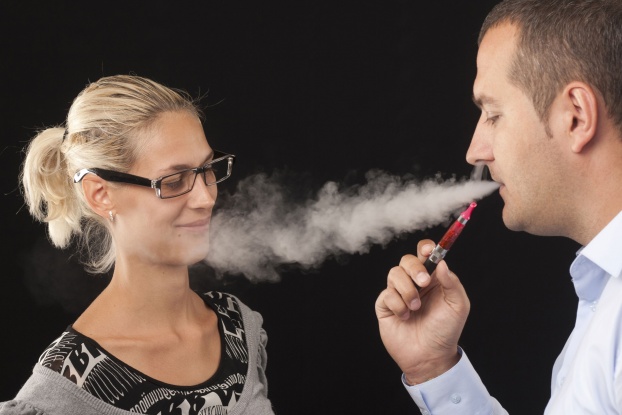Report: 4 in 10 Americans breathe polluted air
05/20/2021 / By Divina Ramirez

Millions of people across the globe stayed indoors for more than a year due to the coronavirus pandemic. Many experts believed that the lack of vehicular traffic meant that air quality would significantly improve.
As it turns out, more than 100 million Americans are still breathing in heavily polluted air. In fact, according to a recent report by the American Lung Association, more than four in 10 Americans live with polluted air.
The report also revealed that air pollution hits communities of color the hardest. People of color are 61 percent more likely than white people to live in a county with unhealthy levels of air pollution.
People of color are also three times more likely to live in a county that failed all three air quality grades.
People are still breathing polluted air
The report focused on two of the most widespread and dangerous air pollutants: ground-level ozone and fine particulate matter.
Researchers examined data collected by federal, state, local and tribal governments in 2017, 2018 and 2019. These are the years with the most recent quality-assured air pollution data.
Cities with the worst particle pollution year-round included Fairbanks, Alaska and several cities in California, including Los Angeles and Bakersfield. The researchers noted that California has consistently placed high in previous lists. This is surprising since California consistently produces more green energy than other states.
The researchers said high air pollution levels in California may be attributed to the shipping and trucking activities in the region. The mountain ranges in California also create “bowls” that can trap air pollution. Additionally, wildfires, which generate thick plumes of smoke, occur every year in California.
The report also showed that the warmer temperatures felt in recent years can make ground-level ozone more likely to form. Ground-level ozone forms when heat and sunlight react with pollutants emitted by cars, industrial plants and wildfire smoke. Without wind or rain, ground-level ozone can build up.
Tips for reducing exposure to air pollution
Long-term exposure to ground-level ozone or fine particulate matter can worsen respiratory problems, including bronchitis, emphysema and asthma. Ground-level ozone can also reduce lung function and cause inflammation of the lungs, while particle pollution can lead to death in people with heart problems.
On a positive note, individuals can take certain steps to reduce their exposure to polluted air. These include:
- Don’t exercise outdoors when pollution levels are high – Check daily air pollution forecasts in your area so you can avoid exercising outdoors when pollution levels are high.
- Don’t exercise near high-traffic areas – Vehicle exhaust contributes to air pollution. Therefore, areas near busy highways have high levels of air pollution. Limit your time outdoors if you live in such an area to minimize your exposure to polluted air.
- Walk, bike or carpool – You can minimize your carbon footprint and avoid contributing further to air pollution by walking, cycling, using public transportation systems or sharing a ride with friends headed to the same destination.
- Don’t burn wood or trash – Though not as bad as wildfire smoke, smoke from burning firewood, scrap paper and trash contributes to particle pollution. Dispose of trash properly and recycle or reuse any that can be saved.
- Use hand tools instead of electric ones if possible – Opt for hand tools if possible. Electric equipment, such as lawnmowers and leaf blowers, usually run on gasoline and have no pollution control devices. They can pollute the air more than cars because of how often they are used.
- Don’t smoke indoors – Keep the air in your home clean by prohibiting your guests from smoking. (Related: Young children exposed to indoor air pollution or cigarette smoke found to have increased risk of respiratory sickness.)
Learn more about the health and environmental impacts of air pollution at Pollution.news.
Sources include:
Submit a correction >>
Tagged Under:
air quality, environment, ground-level ozone, particulate matter, research, respiratory health, tips
This article may contain statements that reflect the opinion of the author
RECENT NEWS & ARTICLES
StopSmoking.News is a fact-based public education website published by Stop Smoking News Features, LLC.
All content copyright © 2018 by Stop Smoking News Features, LLC.
Contact Us with Tips or Corrections
All trademarks, registered trademarks and servicemarks mentioned on this site are the property of their respective owners.




















